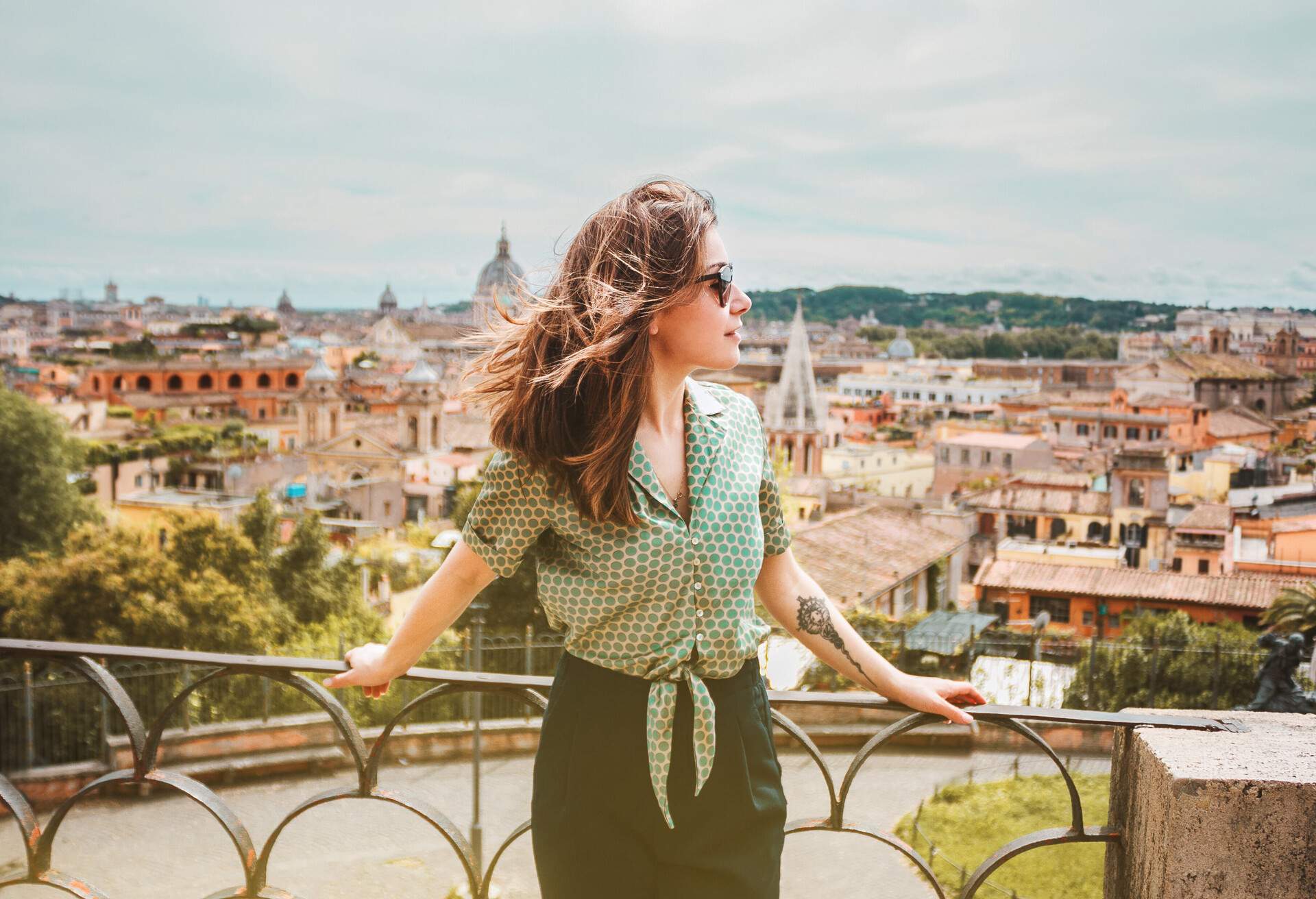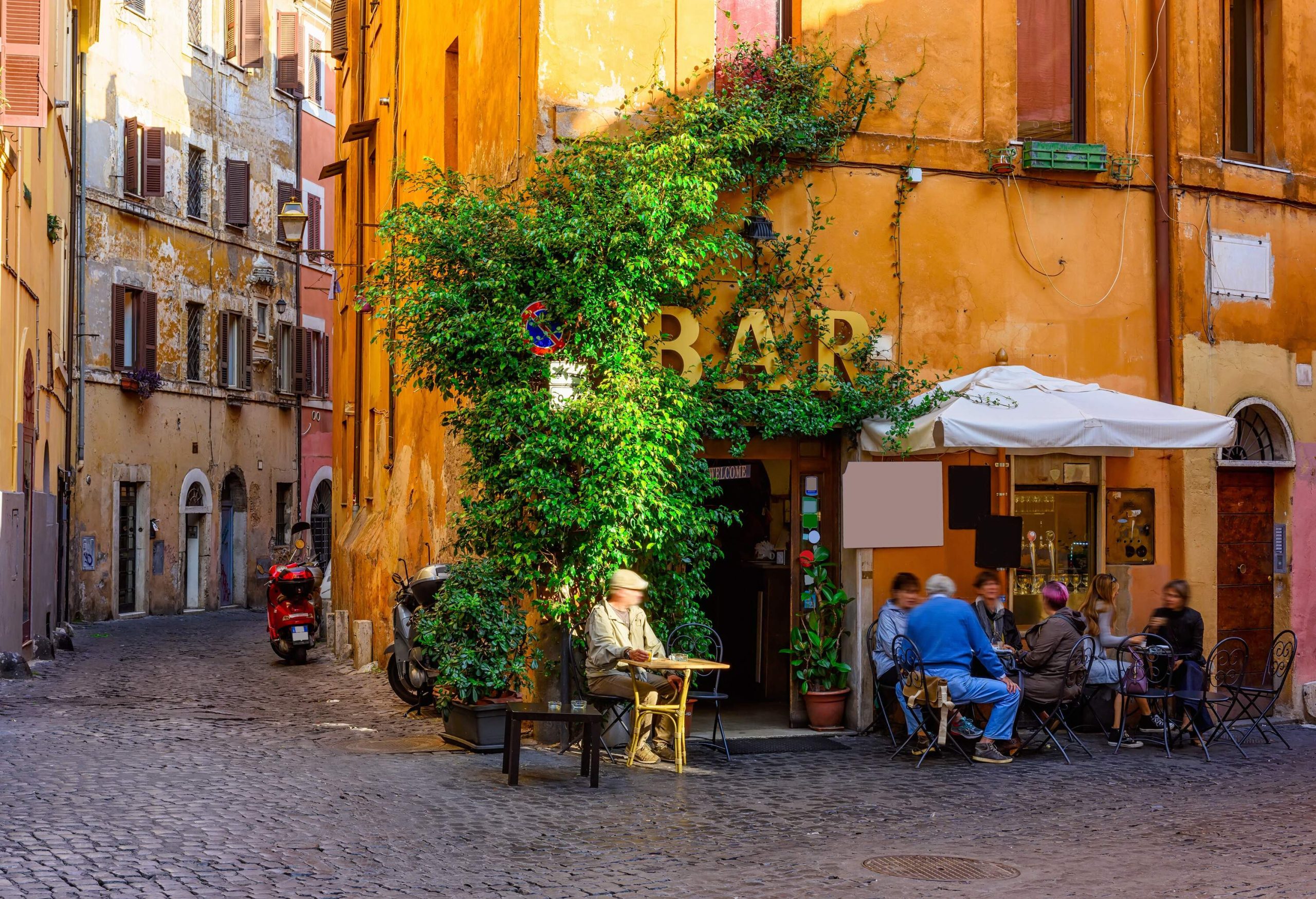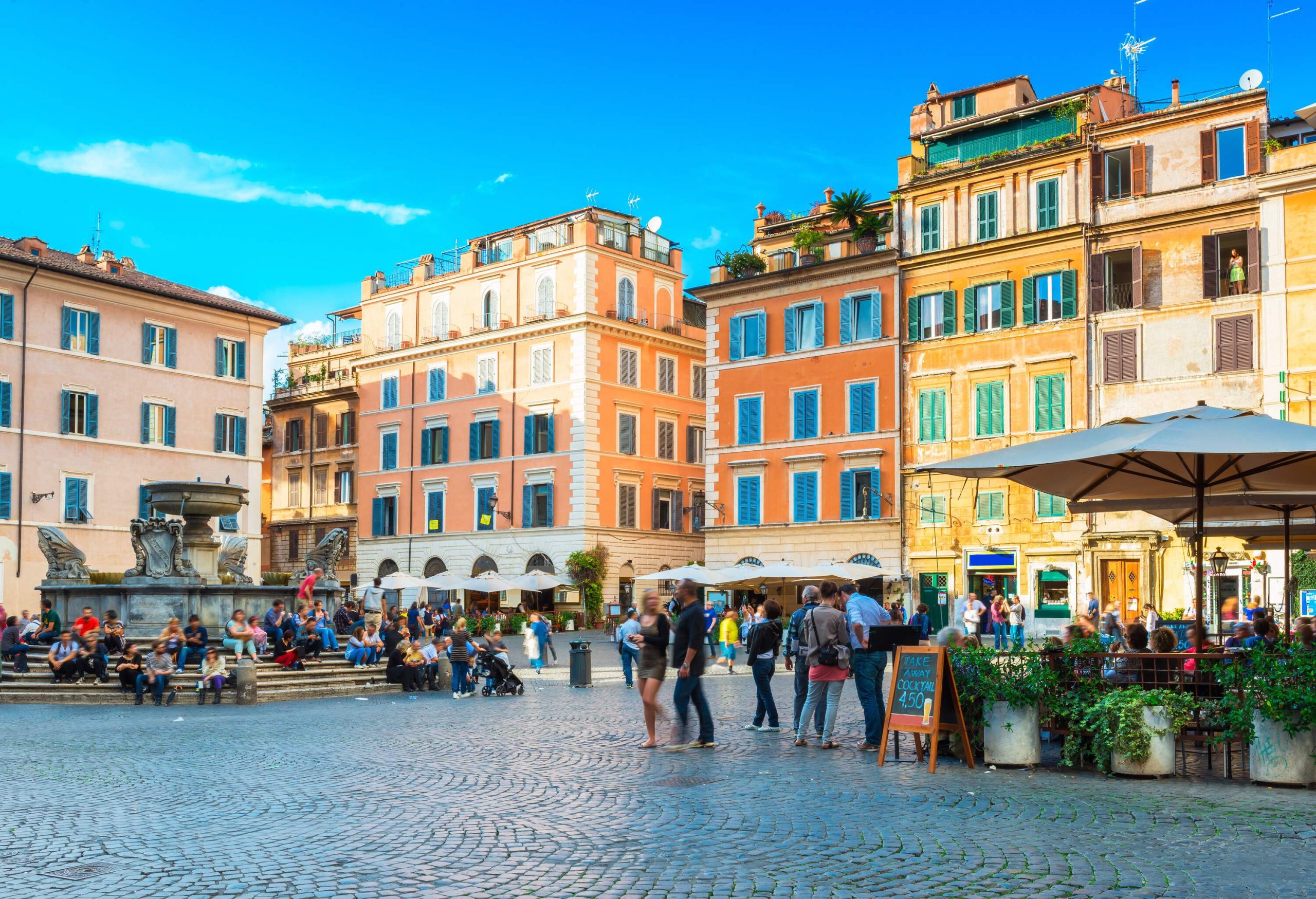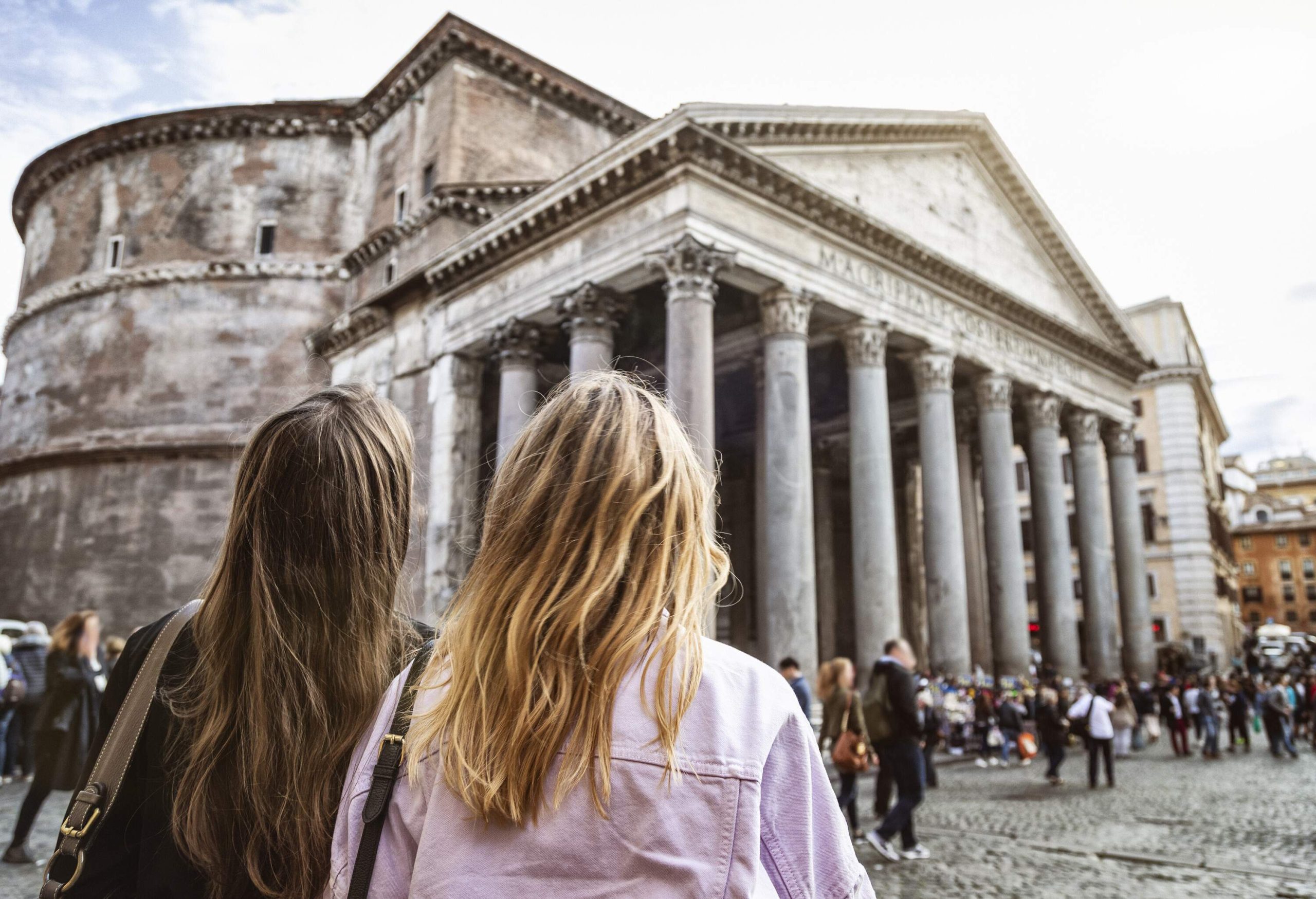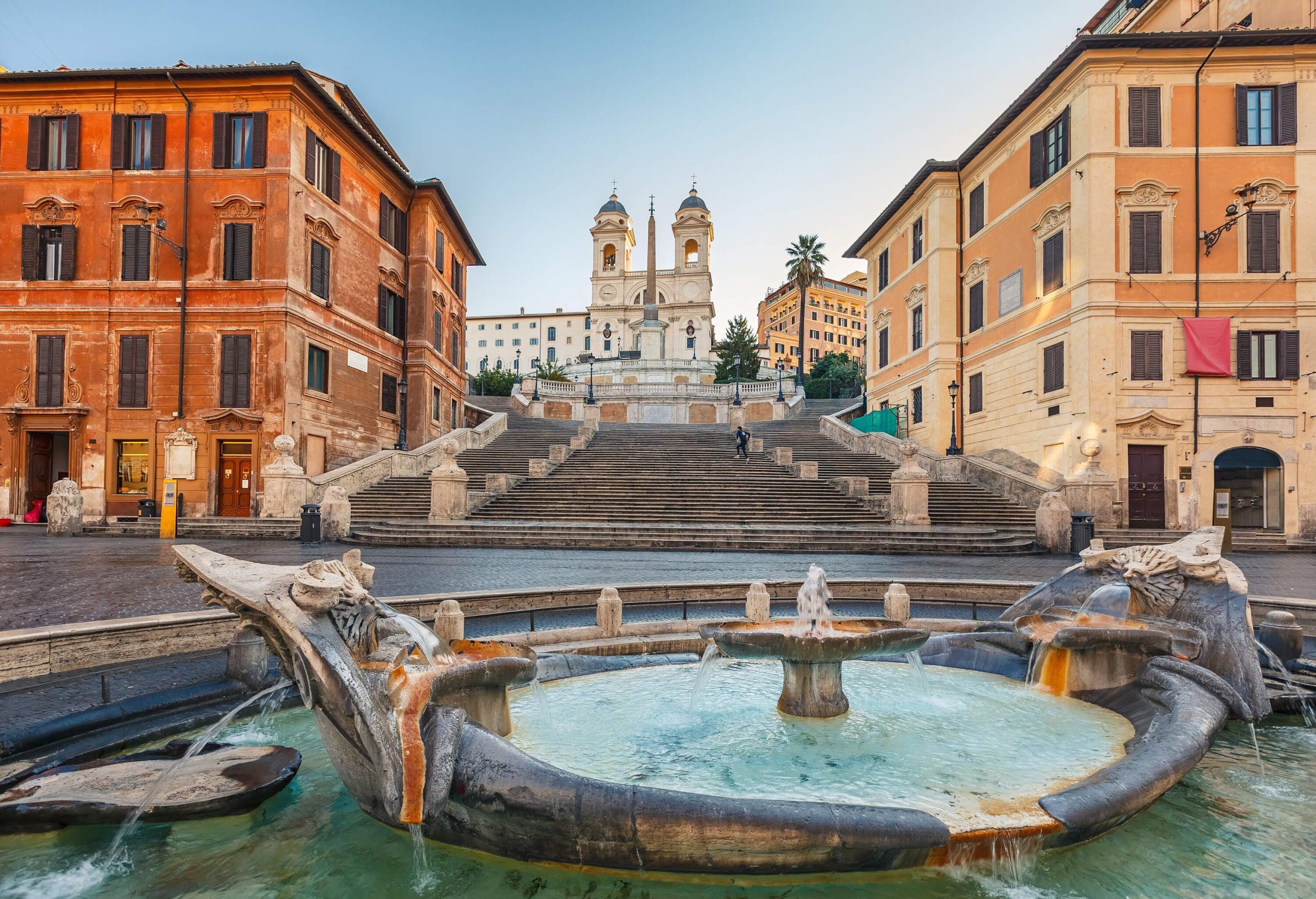Rome transports travelers to another time; its ancient architecture and the many wonderful museums are enough to make a history lover’s head spin. Modern Rome, however, isn’t stuck in the past. It’s a vibrant, bustling city where stylish Romans hustle past sights like the Trevi Fountain and the Spanish Steps on their way to work or to grab a cappuccino.
The best things to do in Rome include seeing the classics like the Colosseum and the Vatican Museums and doing as the Romans do, like visiting Testaccio Market and eating at a true Roman trattoria.
I have been to Rome at various important stages of my life – as a college student, on my honeymoon, and with family – and I will always return. The Eternal City is, indeed, eternally interesting. Here’s my round-up of the top things to do in Rome to experience the city’s timeless appeal.
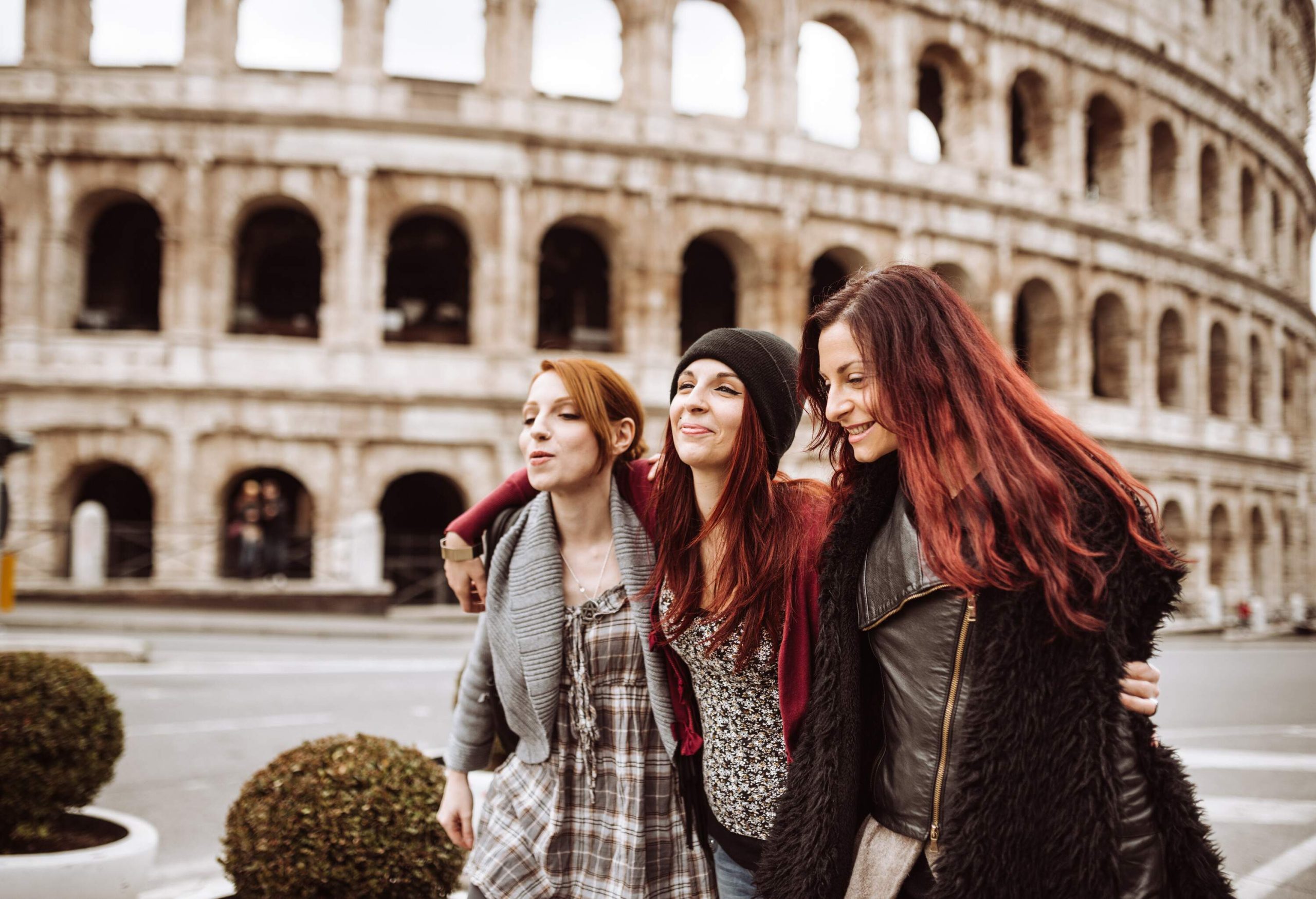
Find flights to Rome
How was this guide created?
Rome is one of my favorite cities. My husband has Italian citizenship, and we have visited many times. To create this guide, I used my own experiences complemented by local knowledge and online research.
Must-visit Rome attractions
The base of the Roman Empire, the center of the Catholic Church for centuries, and where the High Renaissance flourished, Rome has many worthwhile historic attractions. Here’s what to see in Rome.
Vatican Museums and Sistine Chapel
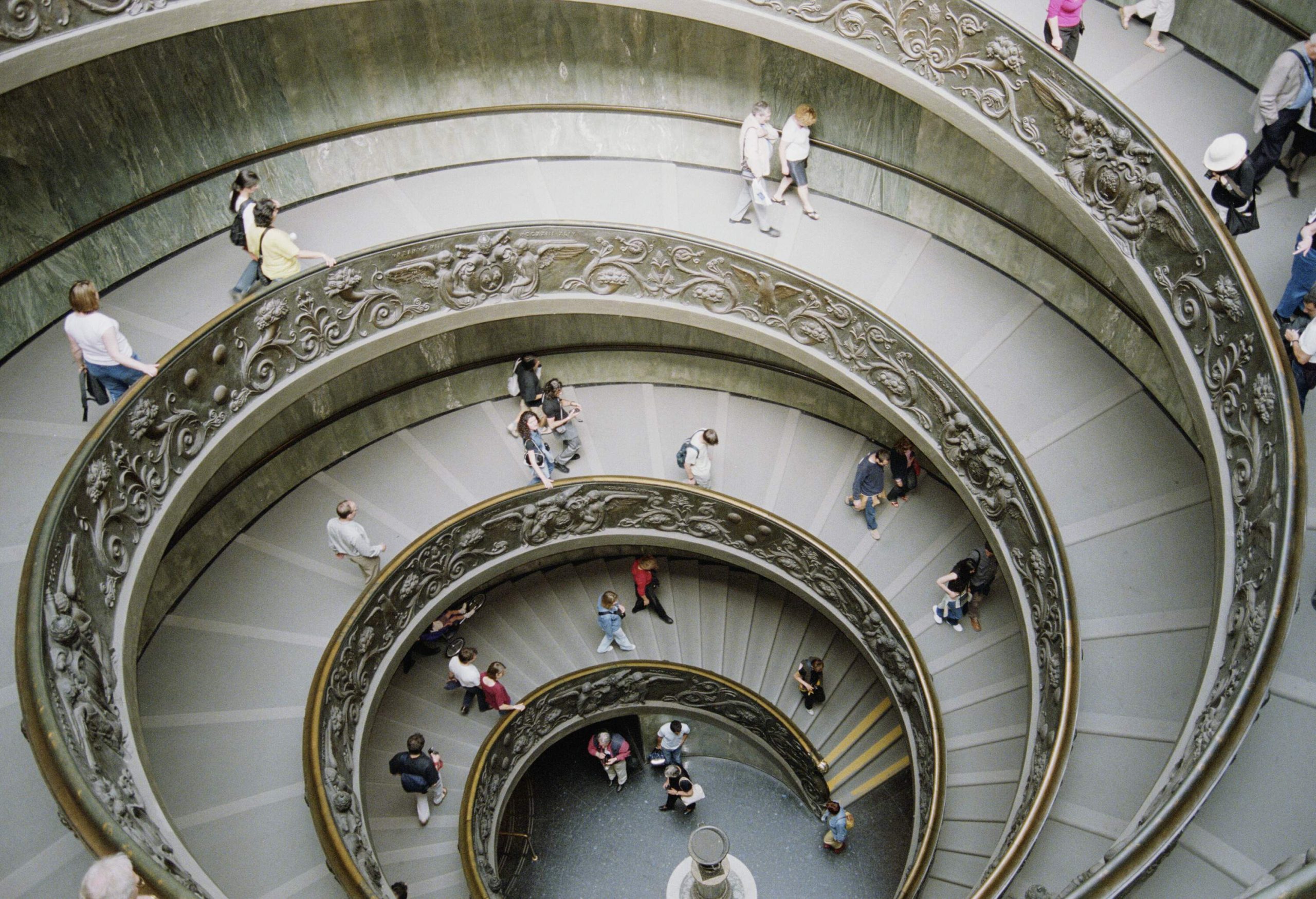
Vatican City, technically the world’s smallest country, even though Rome surrounds it, has been the home of the Catholic Pope since the 14th century. The Vatican Museums house one of the world’s most impressive art collections in 50 galleries, courtyards, and hallways, including thousands of white marble sculptures, modern paintings and many of the greatest Renaissance artworks by the likes of Caravaggio, da Vinci, and Raphael.
The latter’s School of Athens fresco in the Room of the Segnatura, depicting famed Greek philosophers, is a Renaissance masterpiece. Take time to find Raphael’s self-portrait; tip: he’s wearing a black beret.
Of course, the museum’s undisputed pièces de résistance are Michelangelo’s intricate Sistine Chapel frescoes painted between 1508 and 1512. It may strain your neck to fully appreciate the awe-inspiring scene on the vaulted ceiling, but the images will stick with you long after you’ve left.
Saint Peter’s Basilica
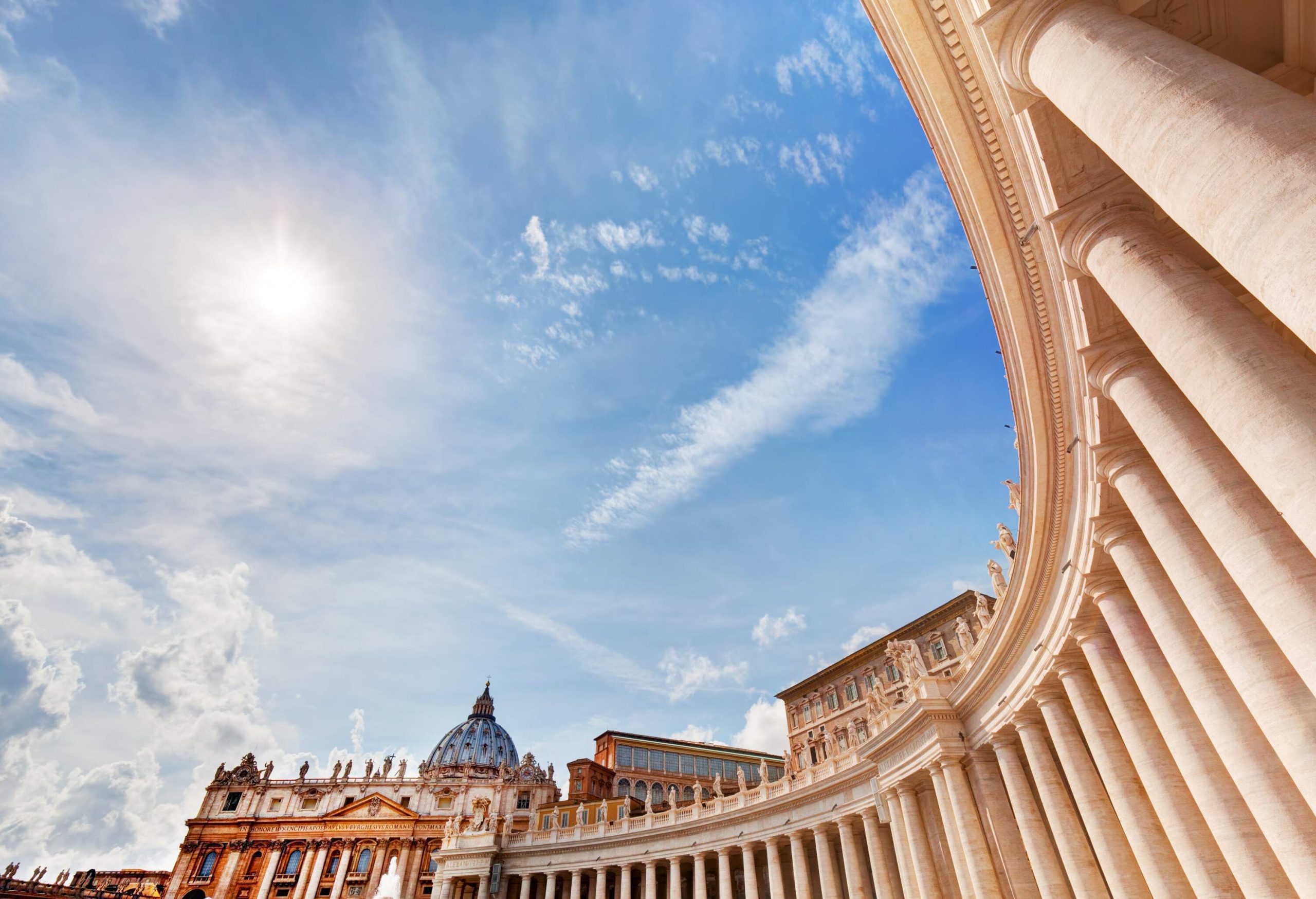
It’s nearly impossible to see everything Vatican City has to offer on a single visit. I suggest visiting UNESCO-protected on a different day than the Vatican Museums. (If you want to avoid major crowds, don’t visit on Wednesdays and Sundays when the Pope is there.) Built on top of the tomb of Saint Peter, Saint Peter’s Basilica is considered one of the finest examples of Renaissance architecture. Even those who aren’t Catholic will feel the weight of history standing beneath the gold-coffered ceilings and over-400-foot-tall dome.
While it’s free to enter the basilica, climbing to the top of the dome costs about €8, but is well worth the cost and effort for a panoramic view of Saint Peter’s Square and the city. Note that some of the stairways and passages are very tight. If you are prone to claustrophobia, you may want to pass.
Galleria Borghese
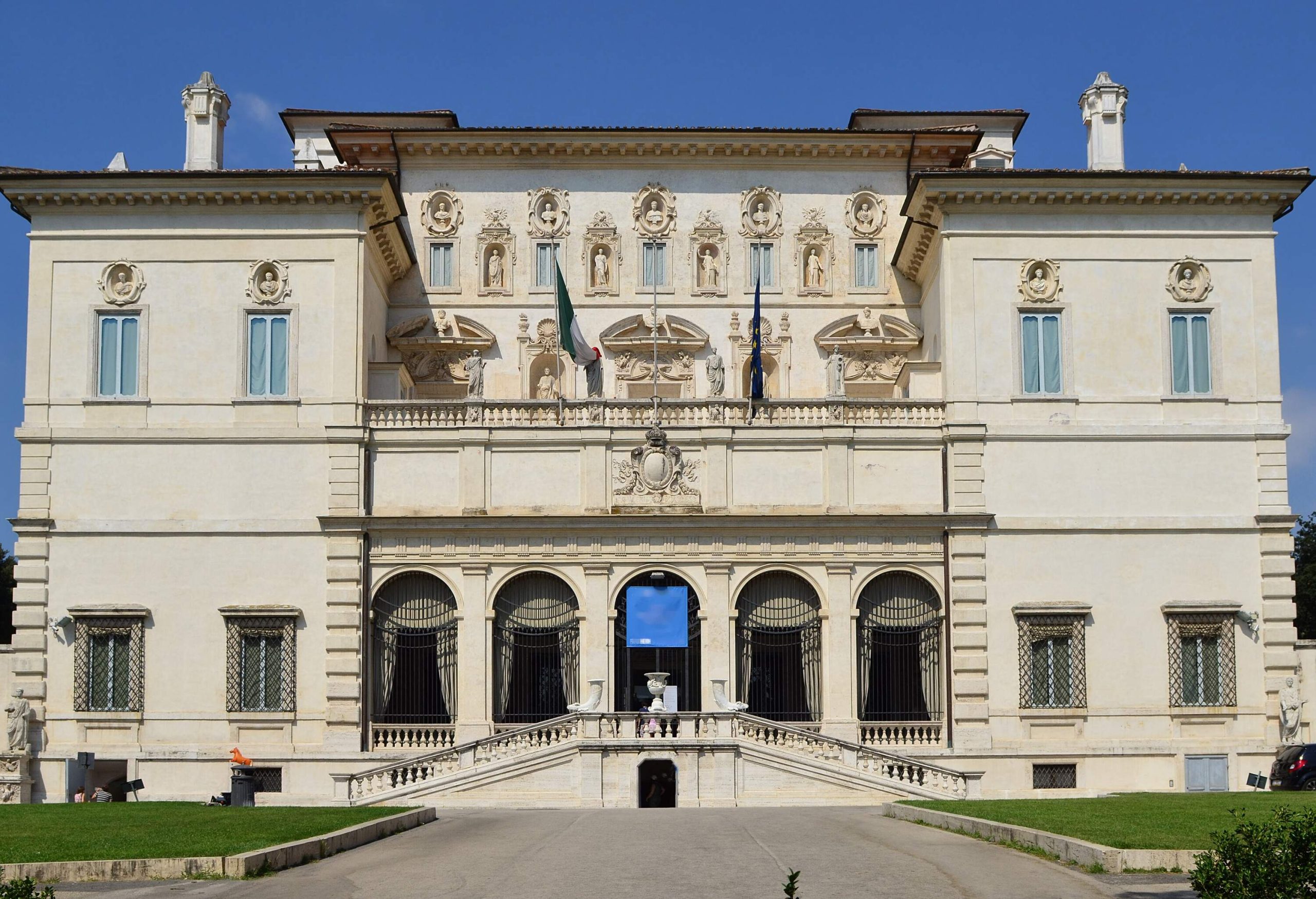
Cardinal Scipione Borghese built a lavish “pleasure palace” in the 17th century to house his impressive art collection. Galleria Borghese remains one of the best things to do in Rome, with a concise but impactful collection consisting of paintings and sculptures by Caravaggio, Canova, Bernini, and more.
If you think you aren’t a sculpture admirer you will be forever changed, as I was, when you see Bernini’s Apollo and Daphne. Sculpted when Bernini was in his mid-20s, it captures the exact moment when Daphne’s father, Peneus, tries to save her from Apollo by transforming her into a laurel tree, her fingers changing into delicate leaves as she tries to break free.
Galleria Borghese only allows visitors to visit for two hours, and you’ll rush to absorb every precious piece. The villa is surrounded by Rome’s third-largest public park with manicured gardens and water features.
The Pantheon
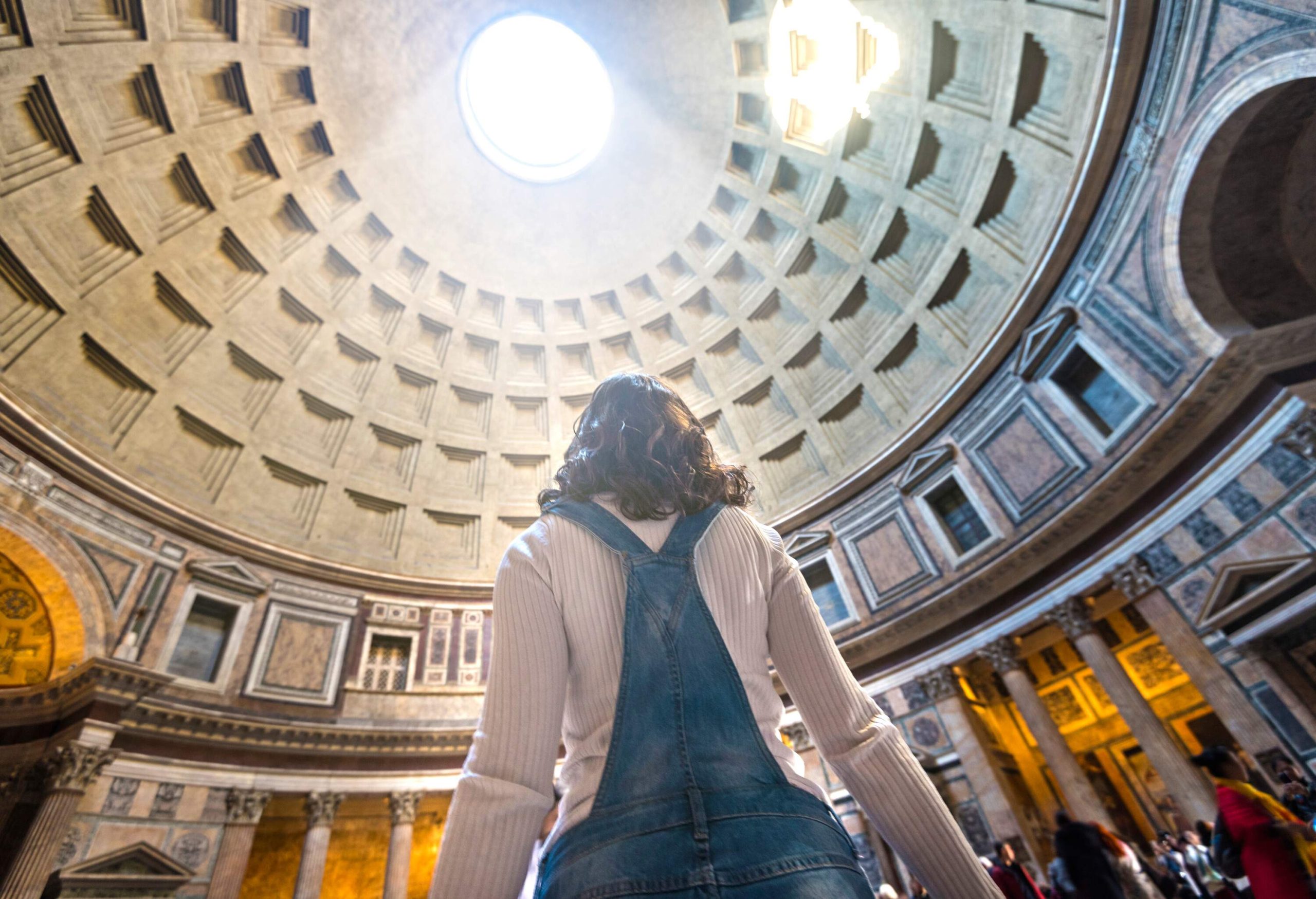
Built by Emperor Hadrian in 125 AD, the Pantheon is one of the most well-preserved ancient Roman buildings. The imposing structure featuring 16 Corinthian columns made of Egyptian granite cuts a striking figure at the end of Piazza della Rotonda.
After passing through the huge bronze doors, I’m always surprised by how light and bright it is inside – the giant coffered cupola with an oculus at the apex allows sunlight to flood through during the day and is a window to the moonlit sky at night. The Pantheon is, first and foremost, a chapel and burial site where several Italian kings, queens, and the artist Raphael are entombed.
While it was free for decades, it now costs about €5 to enter. Being one of the best things to do in Rome, the Pantheon attracts crowds, so visiting first thing in the morning is a good idea.
The Colosseum
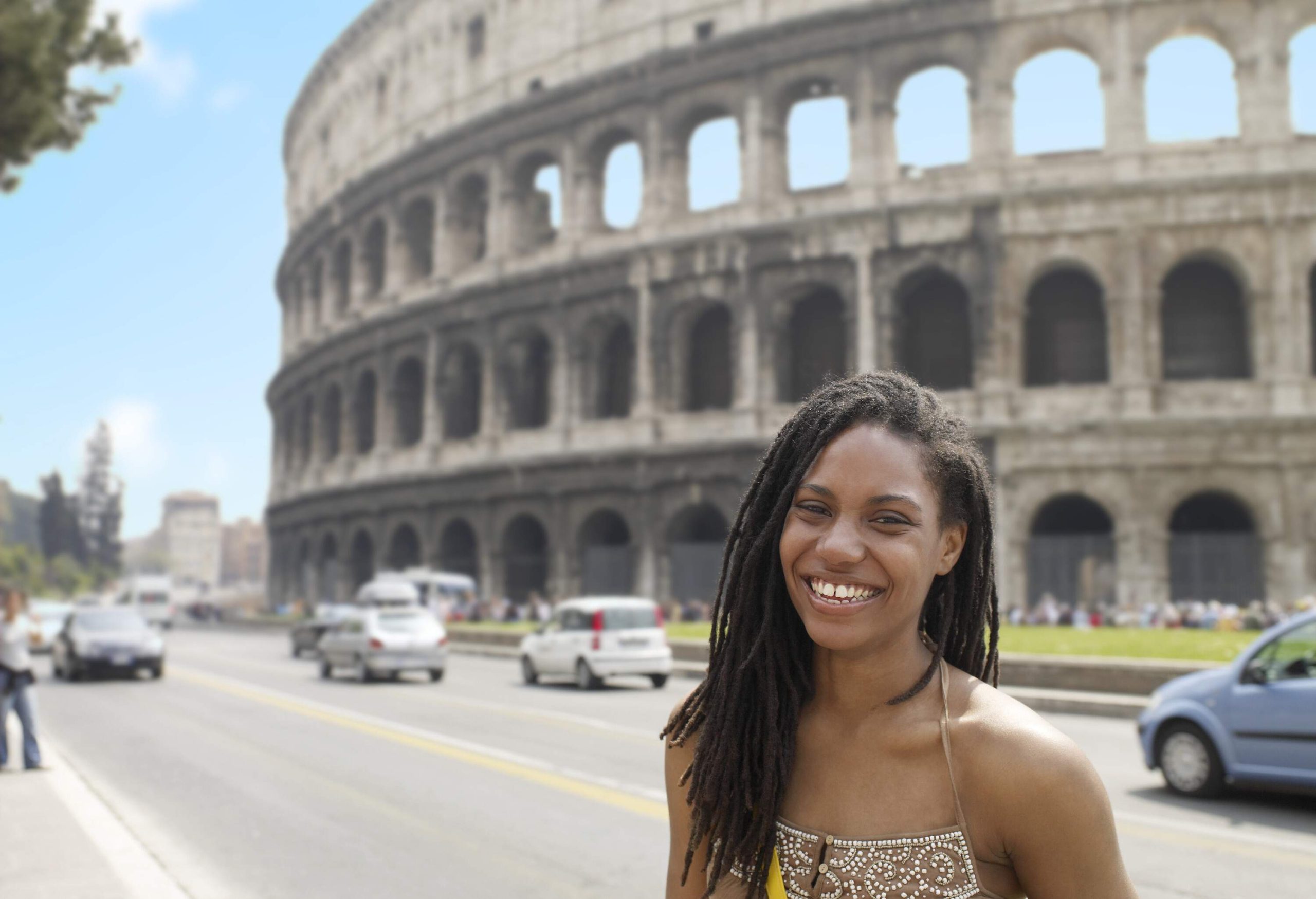
Few buildings capture the imagination like the monumental Colosseum, which has come to symbolize the power of the Roman Empire. The structure, immortalized in books and movies like Gladiator, is said to have held over 50,000 spectators. Today, it’s not difficult to get slightly squeamish, imagining the bloody gladiator fights and mock naval battles that began in 80 AD.
Booking tickets ahead of time is highly recommended, especially for the guided Underground Experience. This allows visitors to skip the line, see the third ring, and visit the underground chambers, where gladiators and wild animals awaited their fate before going out on the arena floor. Thanks to a replica elevator added in 2015, you can see how a system of ropes, pulleys, and counterweights was used to hoist animals like tigers, lions, and bears to the arena through trap doors.
Palatine Hill
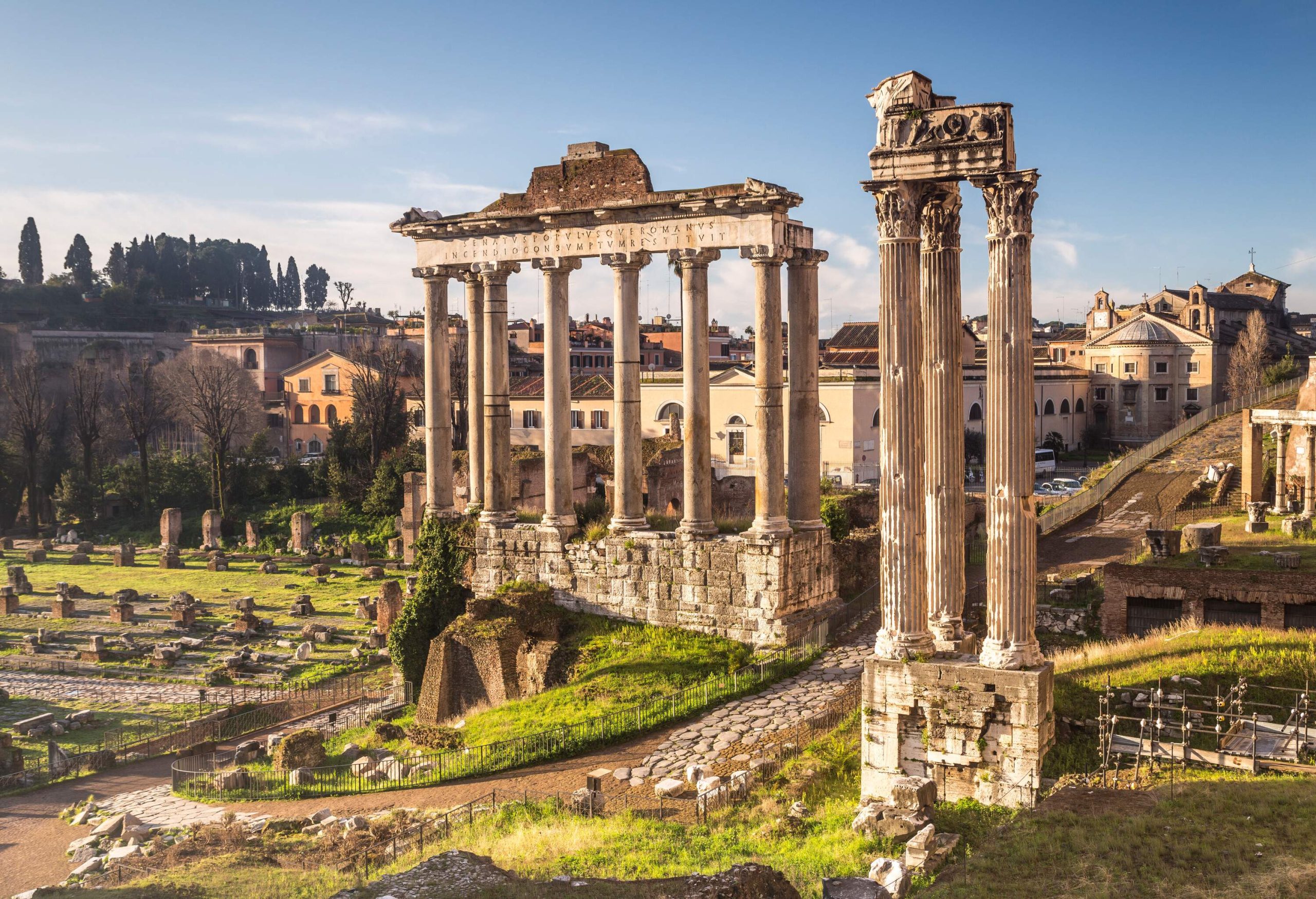
Palatine Hill, Rome’s symbolic birthplace according to Roman mythology, is a treasure trove of archaeological remains, including the ruins of the imperial palaces of emperors like Augustus, Tiberius, and Domitian. Buildings like the House of Livia and the Palatine Museum showcase artifacts and art from the site.
From Palatine Hill you can enjoy panoramic views of Rome, including the Rome attractions like the Roman Forum and the Colosseum. Directly connected to the Roman Forum, an ancient site featuring the ruins of government buildings, admission tickets cover both places and cost around €22. While the Roman Forum can get crowded, Palatine Hill is often quieter and more peaceful, allowing you to immerse yourself in ancient Roman history while escaping the hustle and bustle of the city and experiencing one of the best things to do in Rome.
Best things to do in Rome: Some lesser known gems
While major attractions are one of the city’s big draws, there are some excellent lesser-known things to do in Rome.
Ancient Pharmacy of Santa Maria della Scala
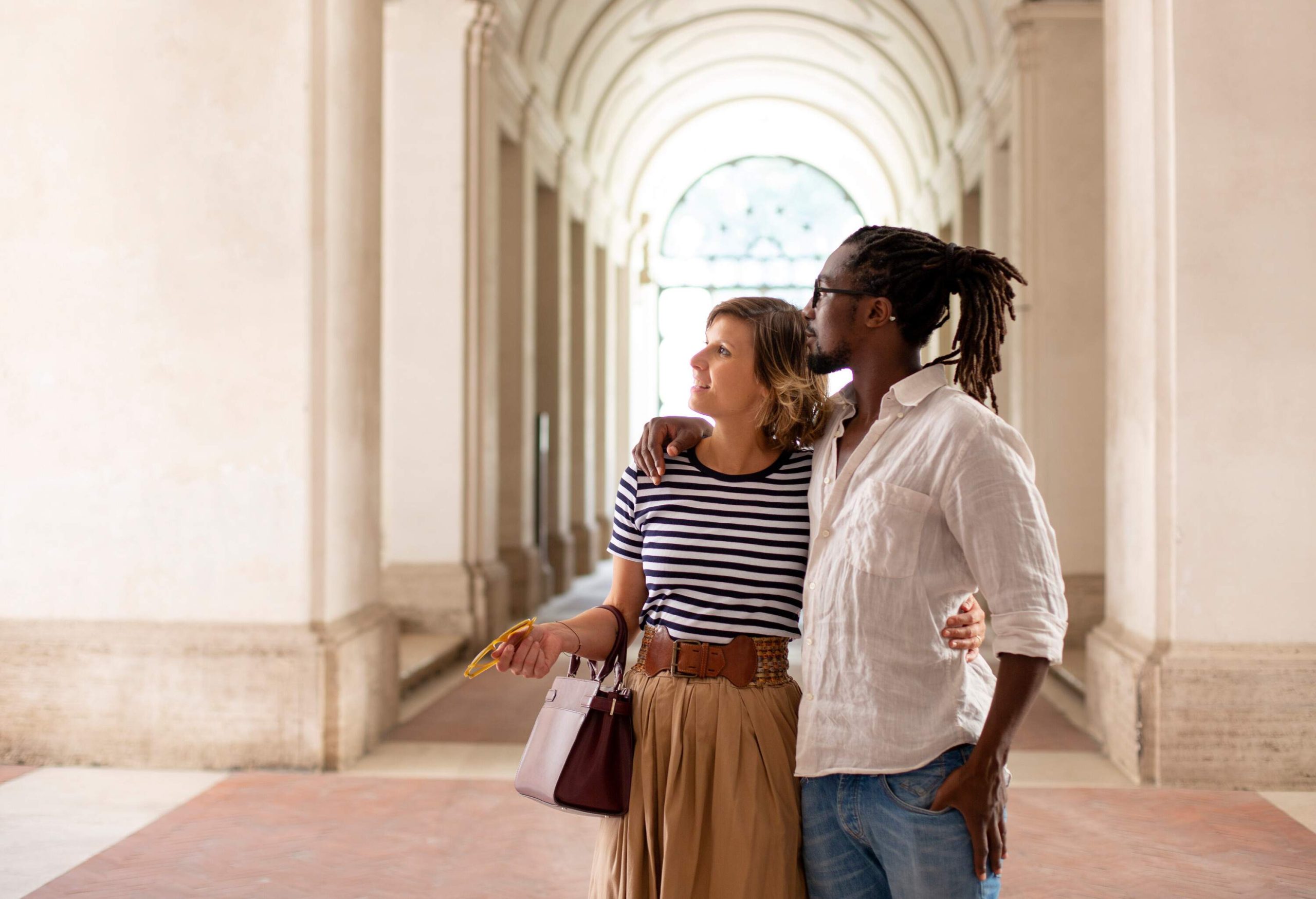
If you are potion-curious, then check out the Ancient Pharmacy of Santa Maria della Scala in Trastevere, near the Tiber River. The well-preserved example of a medieval-era apothecary features intricately carved wooden shelves, ceramic jars, and ceiling frescoes. Dating back to the 13th century, it is one of the oldest pharmacies in Europe.
The building’s ground floor is a functioning, modern pharmacy. Head upstairs by appointment to see the historical part, where a friar talks about the various herbs, potions, unguents, balms, and oils that were used to heal Romans hundreds of years ago, like teriaca, a potion that included viper meat.
Don’t leave before you see the collection of antique medical instruments, tools, and equipment used by pharmacists and physicians.
Piazza Navona
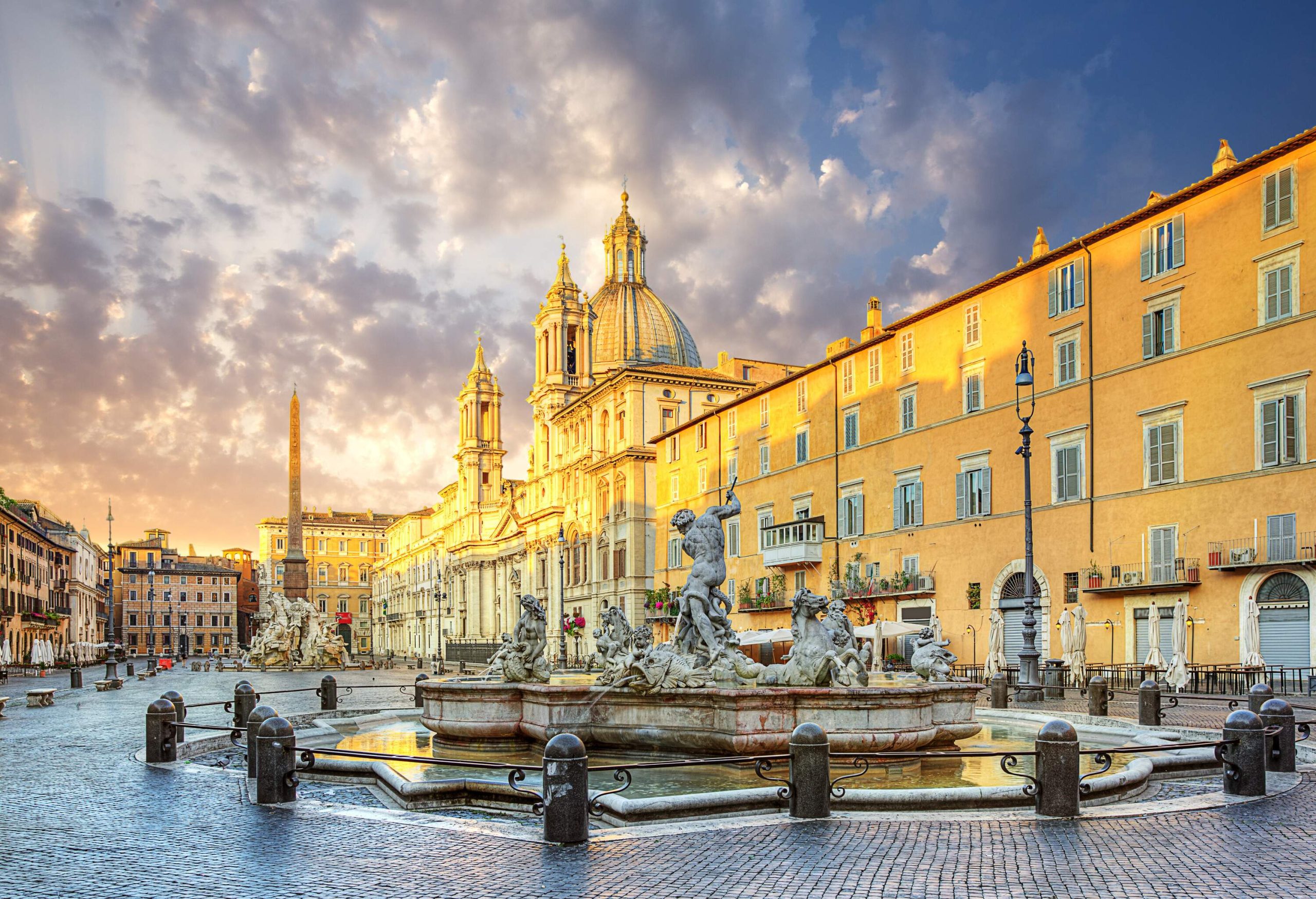
Rome has no shortage of beautiful public spaces for lingering, but you should take time to appreciate Piazza Navona. The elongated square was built on the site of Emperor Domitian’s former stadium, where important athletic competitions would have taken place.
The square has three fountains, including a Baroque masterpiece by Bernini, the Fountain of the Four Rivers, in the center. Markets like Rome’s historic Christmas market, which takes place throughout December and includes chocolate vendors and children’s activities, set up shop on the square, and it’s lined with cafes with outdoor tables.
If you are visiting then, do not miss it. Order a Negroni or Aperol spritz and immerse yourself in one of the most fun things to do in Rome: pretending you’re a local Roman.
Where to eat in Rome
When in Rome, you must eat well. These spots are beloved by locals as well as visitors and are undoubtedly some of the best things to do in Rome.
Bonci Pizzarium

Chef Gabriele Bonci, the so-called Michelangelo of pizza, elevated the Roman slice to an art form when he opened Bonci Pizzarium in 2003. The airy-foccacia-like crust made with natural ingredients was revolutionary.
Bonci is so influential he was featured on the 2022 season of Chef’s Table: Pizza. In his small shop near the Vatican Museums, Bonci serves dozens of rectangular slices with creative seasonal toppings, like potato and mozzarella and zucchini with ricotta and lemon. Where there is no table service, you can order beer and splits of wine and huddle at hi-top tables for a quick lunch or dinner on the go.
Testaccio Market
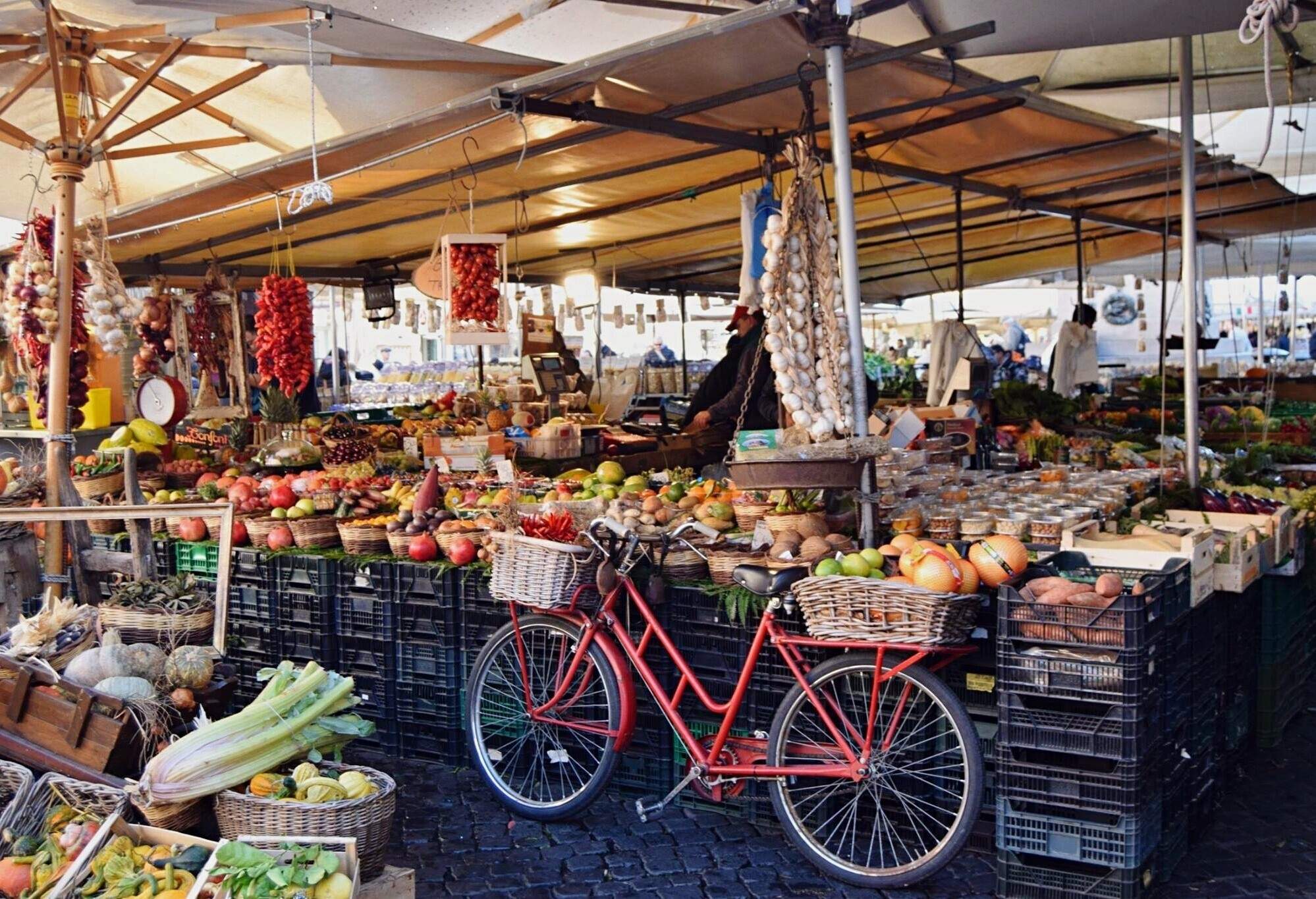
There are so many historic sites and artworks to see in Rome that a few days into your trip, you may get museum fatigue. To break up the holiday, I recommend visiting the lively Testaccio Market. Once home to Europe’s largest slaughterhouse, the Testaccio neighborhood is intrinsically linked with Rome’s culinary traditions.
At the contemporary market, locals mingle over excellent street food like roast pork sandwiches, tripe stews, and freshly cooked pasta. Anyone interested in Italian cuisine should visit to peruse the locally sourced produce, herbs, and olive oil used to create what is arguably the most popular cuisine on the planet.
Giolitti
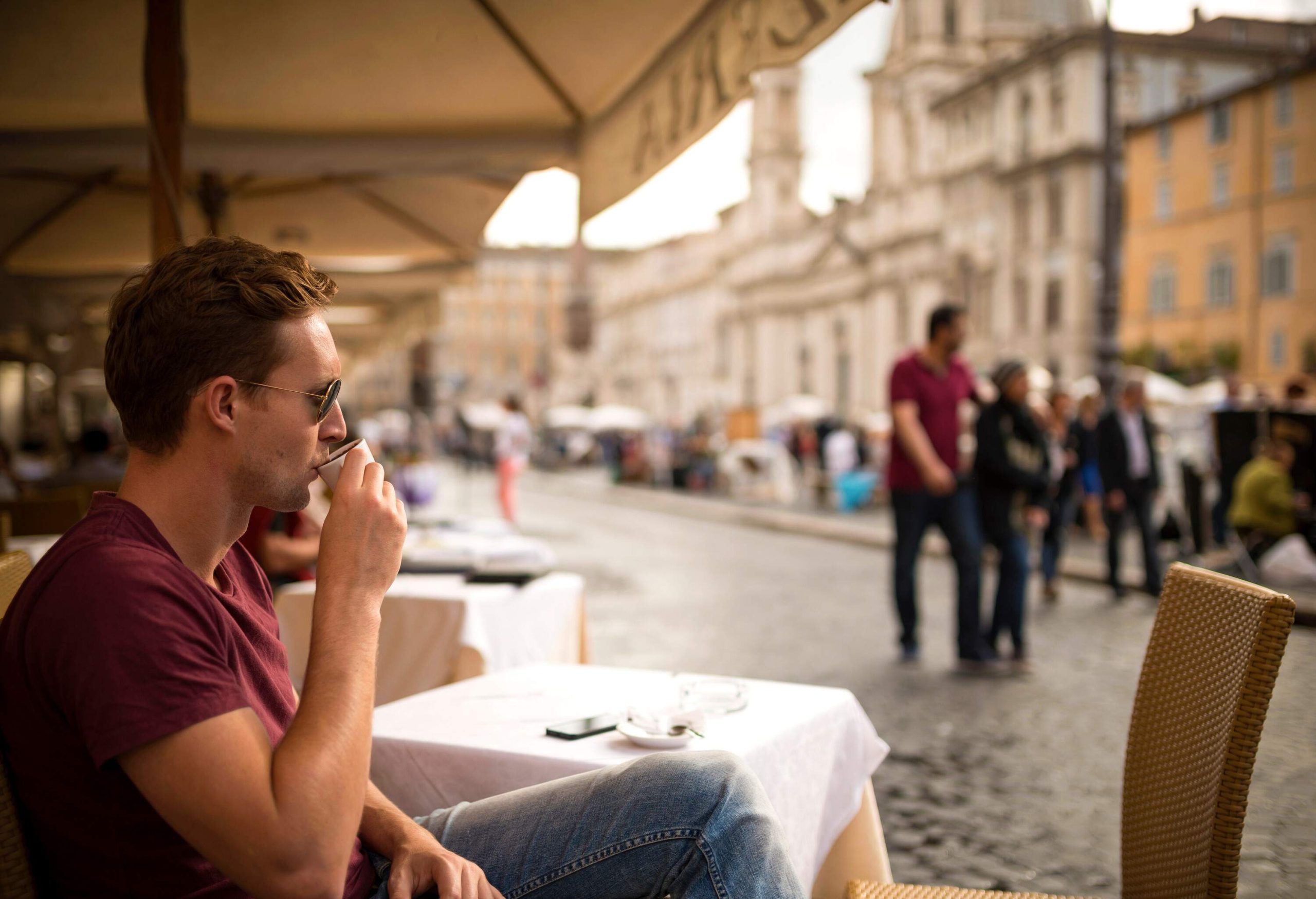
Ask a Roman where to get the best gelato in the city and you’ll get a dozen different answers, but only one has been serving gelato since 1900: Giolitti. The family-owned café and bakery, which even supplied cream to the Italian royal family, still operates at its original Via degli Uffici del Vicario location. In the ornate Liberty-style interior, waistcoated staff serve generous portions of stracciatella, hazelnut, and other gelato flavors. Take it to go or settle in at a table beneath the chandeliers and order coffee, pastries, and decadent ice cream treats.
Trattoria da Cesare
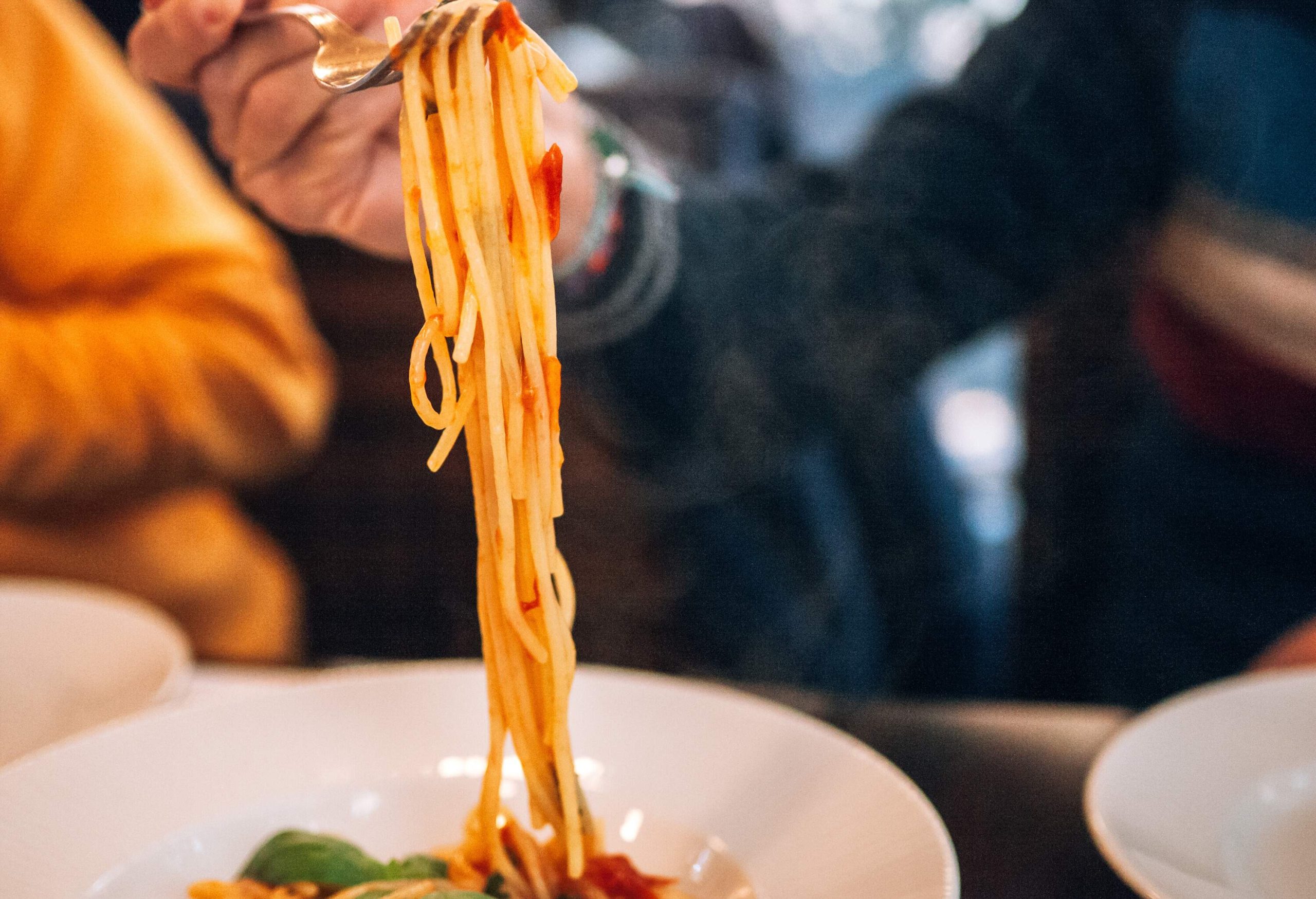
Pasta lover? Make the pilgrimage to Monteverde for an epic meal of true Roman-style cuisine. Family-owned Trattoria da Cesare serves delicious fritto misto, an appetizer of gently fried seafood (calamari/anchovies), or vegetables like squash blossoms. While the meat courses like oxtail stew are good, the pasta steals the show.
Take your pick between the pasta alla gricia, tubes of rigatoni slicked with guanciale drippings, carbonara, porcini fettuccine, or cacio e pepe. The best seats are on the pergola-covered patio.
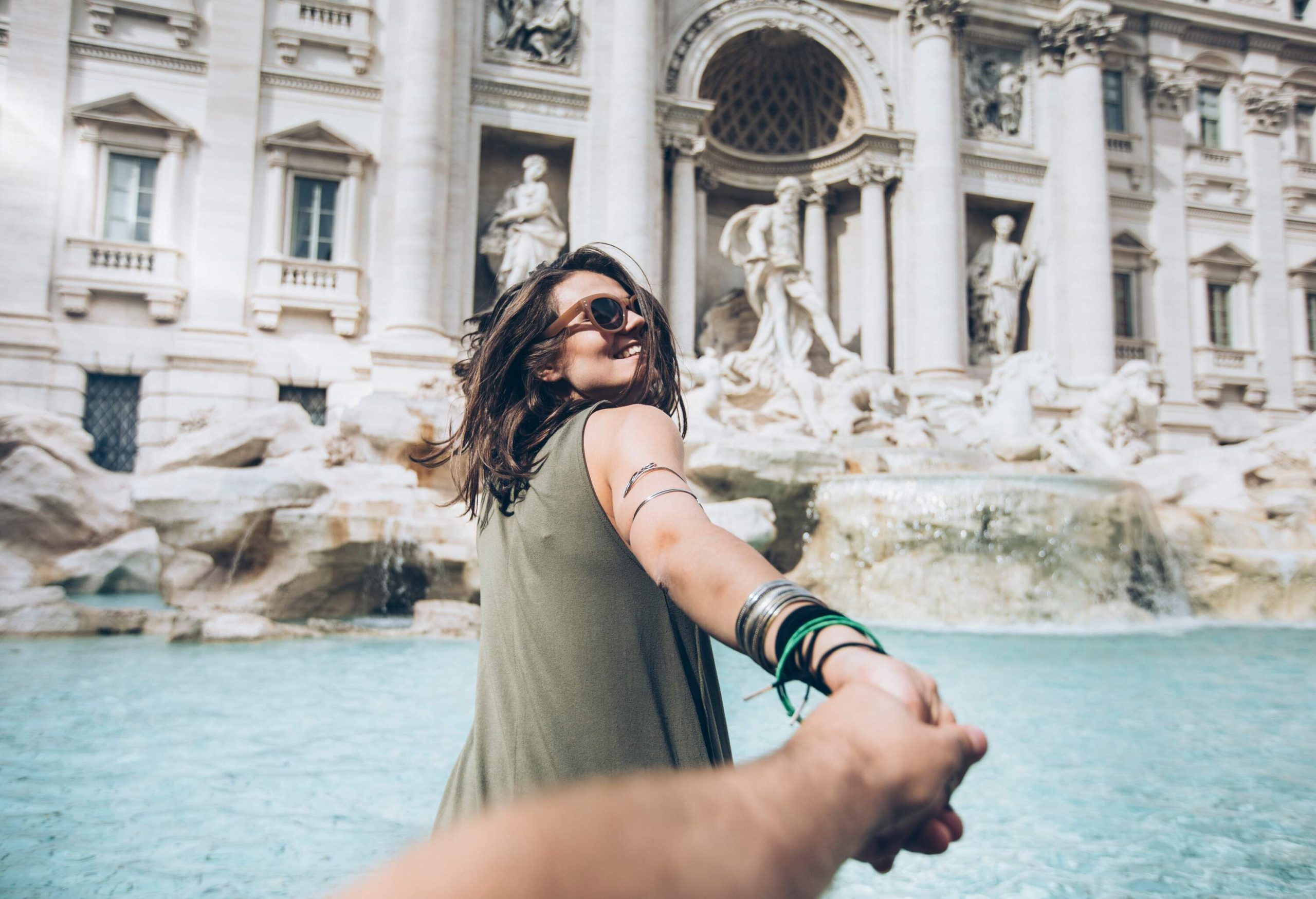
Excited to head to Italy? For more vacation inspiration check out the best restaurants in Rome and for LGBTQ+ travelers make sure you check out this guide. Meanwhile, if you are there for some time why not plan a day trip from Rome.
FAQs
Yes, you can, but you will have to plan your what-to-see-in Rome itinerary meticulously and take advantage of public transportation, like hop-on hop-off buses. Map out your highlights, but make sure to save some energy for Dolce Vita.
The Colosseum is unforgettable and one of the best things to do in Rome, and the Roman Forum and Palatine Hill are next door and very worthwhile Rome attractions. The Vatican Museums and Saint Peter’s Basilica are popular tourist attractions for a reason. Additionally, if you love art, the Borghese Gallery is a must.

